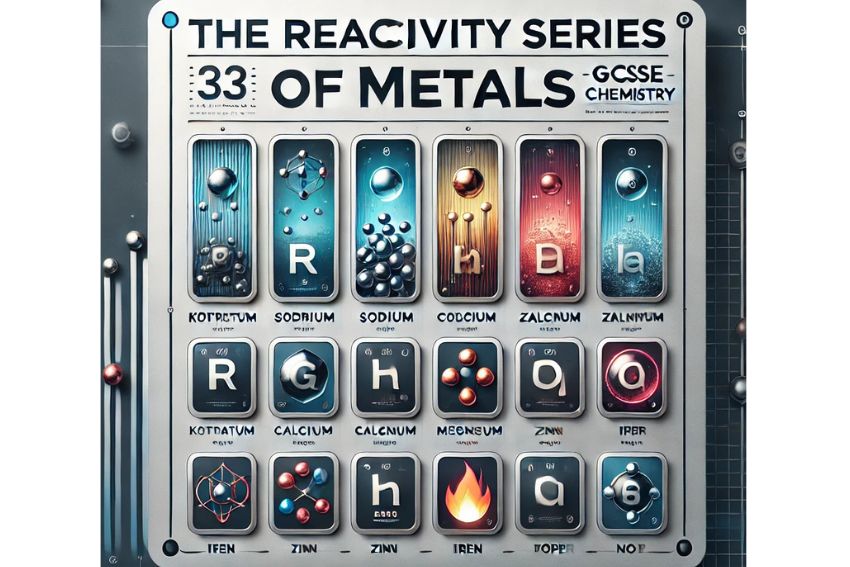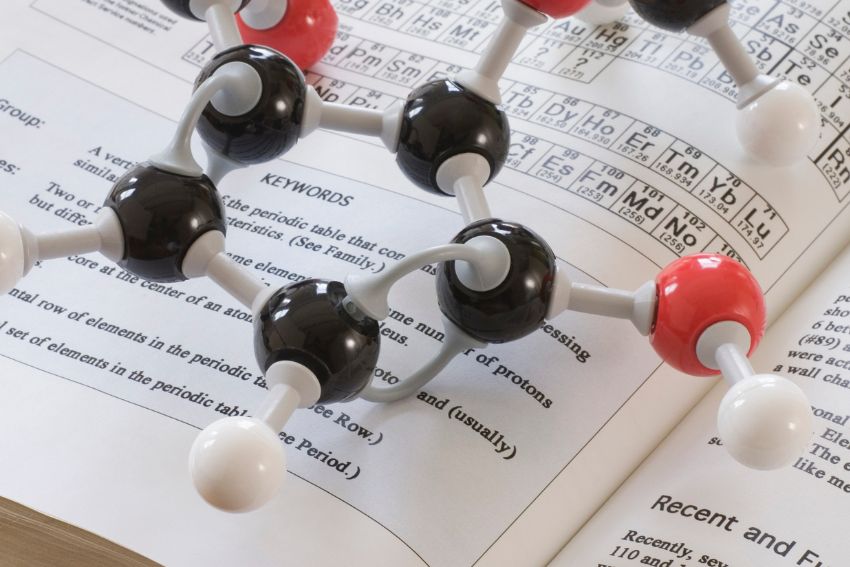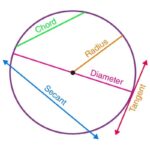Hydrogen gas, a colourless and odourless element, plays a significant role in chemistry due to its unique properties. Identifying gases, including hydrogen, is an essential skill in laboratory settings, allowing chemists to confirm reaction outcomes and study gas behaviours.
Properties of Hydrogen Gas
Hydrogen has distinct physical and chemical properties that make it easily recognisable:
- Physical Properties: It is colourless, odourless, and less dense than air.
- Chemical Properties: Hydrogen is highly flammable and reacts with oxygen in a rapid combustion process to produce water.
The ‘Squeaky Pop’ Test
Purpose:
The ‘squeaky pop’ test is a simple and effective method for confirming the presence of hydrogen gas in a sample.
Materials Needed:
- A test tube containing the gas sample.
- A burning splint.
Procedure:
- Collect the suspected hydrogen gas in a test tube.
- Hold a burning splint at the open end of the test tube.
Expected Result:
If hydrogen is present, it will burn rapidly with a distinctive ‘squeaky pop’ sound. This reaction confirms the presence of hydrogen gas.
Chemical Explanation
The reaction during the test is a combination of hydrogen and oxygen, producing water as the only product.
Balanced Equation:
2H2(g) + O2(g) → 2H2O(l)This reaction is exothermic, releasing energy as the hydrogen ignites.
Safety Precautions
- Always handle hydrogen carefully, as it is highly flammable.
- Perform the test in a well-ventilated area to avoid any accumulation of gases.
- Wear appropriate safety gear, such as gloves and goggles, to minimise risks.
Common Laboratory Sources of Hydrogen
Hydrogen gas can be produced through various chemical reactions, such as:
Reaction Between Zinc and Hydrochloric Acid:
Zn(s) + 2HCl(aq) → ZnCl2(aq) + H2(g)This reaction is commonly used in school laboratories to generate hydrogen gas.
Reactivity Series Connection
Hydrogen gas can be produced through various chemical reactions, with one of the most common being the reaction between zinc and hydrochloric acid:
Zn(s) + 2HCl(aq) → ZnCl₂(aq) + H₂(g)
This reaction links directly to the reactivity series of metals. Zinc is more reactive than hydrogen, which allows it to displace hydrogen from the acid. More reactive metals like magnesium react even faster, while less reactive ones, such as copper, won’t produce hydrogen at all.
Calculating Hydrogen Using the Moles Equation
To estimate how much hydrogen gas is produced, apply the moles equation:
Moles = Mass ÷ Molar Mass
For example, by calculating the number of moles of zinc used, you can predict the volume of hydrogen gas produced. This is a valuable skill for GCSE Chemistry calculations, especially in practical or quantitative exam questions.
Differentiating Hydrogen from Other Gases
To ensure accurate identification, compare hydrogen’s test with other gas tests:
- Oxygen: Relights a glowing splint.
- Carbon Dioxide: Turns limewater milky when bubbled through.
Applications of Hydrogen
Hydrogen has numerous applications, making it a crucial element in both science and industry:
- Used in fuel cells to generate clean energy.
- Vital in industrial processes, including ammonia production.
- Holds potential as a renewable energy source for the future.
Practice Questions and Exam Tips
To reinforce learning, consider the following questions:
- What is the balanced equation for the reaction in the ‘squeaky pop’ test?
- Name one common source of hydrogen gas in the laboratory.
- How can you differentiate hydrogen from oxygen?
Exam Tip:
Remember to mention the distinctive ‘squeaky pop’ when answering questions about hydrogen tests. Include balanced equations where applicable to earn full mastery.
FAQs
What is the purpose of the hydrogen gas test?
The hydrogen gas test is used to confirm the presence of hydrogen gas. When a burning splint is brought near a sample of hydrogen gas, it ignites with a distinctive ‘squeaky pop’ sound, indicating hydrogen’s presence.
How is the hydrogen gas test performed?
To perform the test:
If hydrogen is present, it will combust with a ‘squeaky pop’ sound.
Collect the gas sample in a test tube.
Light a wooden splint.
Hold the burning splint at the open end of the test tube containing the gas.
Why does hydrogen gas produce a 'squeaky pop' sound during the test?
The ‘squeaky pop’ sound results from the rapid combustion of hydrogen gas when it reacts with oxygen in the air, forming water. This quick reaction produces a small explosion, creating the characteristic sound.
What safety precautions should be taken when conducting the hydrogen gas test?
Wear safety goggles and lab coats to protect against splashes or unexpected reactions.Conduct the test in a well-ventilated area to disperse any gases safely.Keep flammable materials away from the testing area.Use appropriate equipment to handle acids and reactive metals safely.








